Assumption #1: I had imagined the building would look…different.
The only Buddhist temples I had ever seen before this visit were images from Google, colored brightly in yellow and red, topped with traditional curved roofs. But this one looked more like someone’s home, just adorned with ceramic dragons — a sign, polished white and yellow, read Chùa Tường Vân.
Despite coming from a family of Korean pastorship, I had never regularly visited places of religion, besides a few visits to churches when I was young. During those occasional church services, I was just a pair of nine-year-old legs that needed to move. Because of this, I was eager for the opportunity to learn more about the role that faith holds in others’ lives, maybe to shed some light on what role it could take in mine. But overall, I came in ignorant; my perception of American religion was fragmented and opaque. According to the Pew Research Center and the Government Committee for Religious Affairs, Buddhism is practiced by 14.9 percent of the population of Vietnam, as compared to 0.7 percent in America. Consequently, I had no understanding of what Buddhist practice entailed here, at home.And so, for our visit, I had made a mental note to take in as much as I could, comparing my assumptions with the information I hoped to gain.
Assumption #2: I thought that if you are Buddhist, you must not practice other religions.
We were guided by Tham Tran and her uncle, the monk Venerable Thich Tam Hy. While explaining the philosophy of Chùa Tường Vân, Tham used the phrase “practical Buddhism.” Her explanation reformed my initial understanding of religions: from restrictive and fixed, to actively evolving philosophies. While I had imagined religions as strict loyalties to groups or causes, Tham explained that we as students should feel free to “mix and match” teachings we would explore at the temple and take away the ideas most applicable to our individual lives.
In addition to this, I realized how diasporic Buddhists contributed to a diverse body of voices, even within the religion itself. Tam Hy explained that ordinance committees which determine who is allowed to gain the status of a monastic often contain Buddhists from an array of different traditions, including Mahayana, Theravada, and Vajrayana Buddhism. I realized that Buddhism isn’t restrictive — it welcomes evolution.
For Tam Hy, learning more about Buddhism was not only a personal or spiritual journey — it also seemed an academic one. Having studied the religion even before college, he became a monk before attending university and used his college’s resources to delve into it further. From what I gathered from our conversation, he had begun his journey at 17 and had been a monk for 47 years.
Despite being wholly ignorant to different strains of Buddhism and their respective nuances, I had already populated my mind with assumptions before I had even asked any questions about the subject.
And I’ve learned that forming these assumptions are not inherently bad — my strategy of notating these assumptions and evaluating whether or not they align with what I observe was taken from a text we’re studying alongside our classwork: Where Research Begins by Thomas S. Mullaney and Christopher Rea. The goal of the exercise is to make assumptions visible, therefore making them (and yourself) vulnerable to change and growth.
I’m encouraged by the idea that my assumptions are little mysteries to solve — perhaps an epistemic black box or Mad Libs™. After observing how Buddhism is a religion of change and openness; I hope to embody this practice in my own research.




